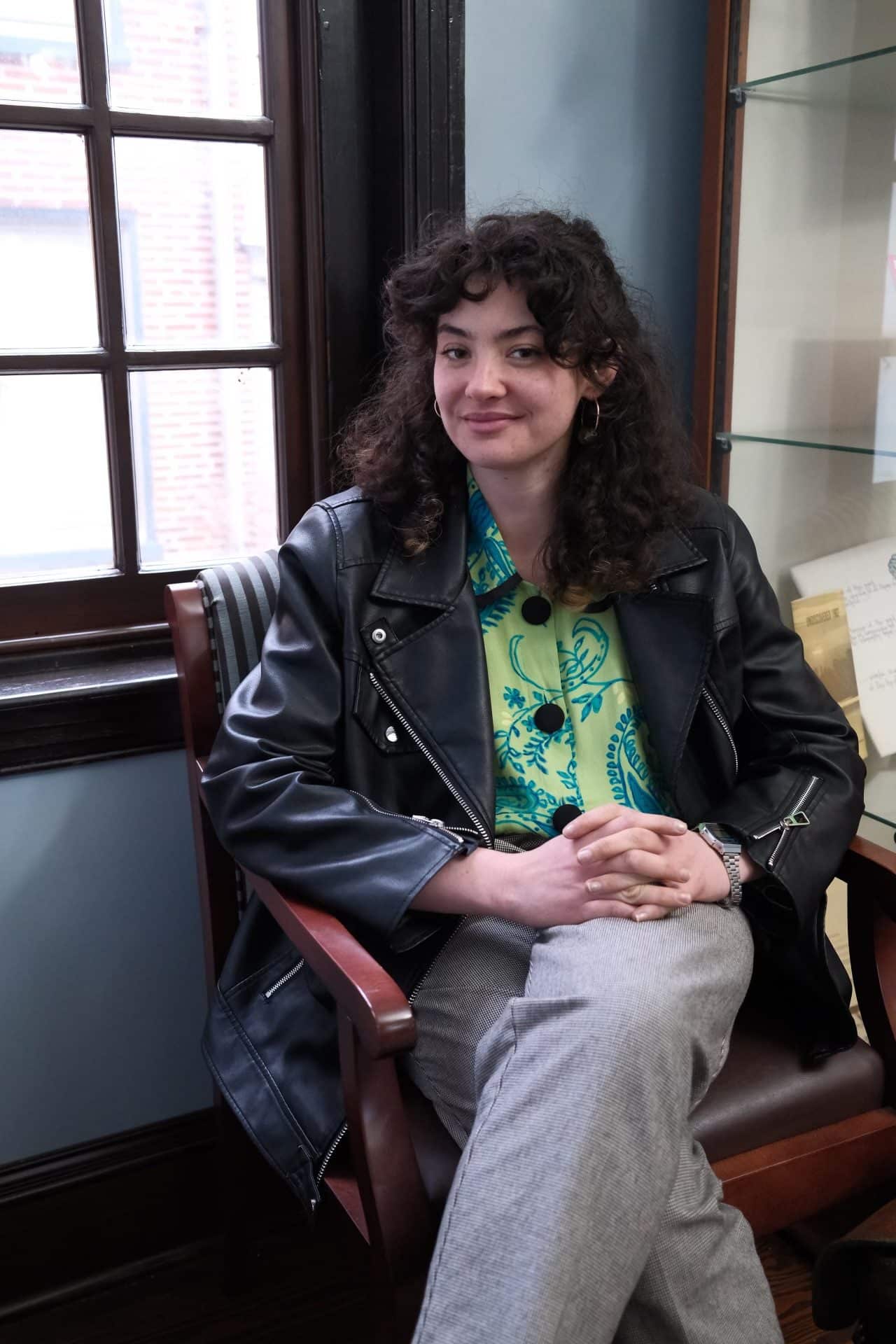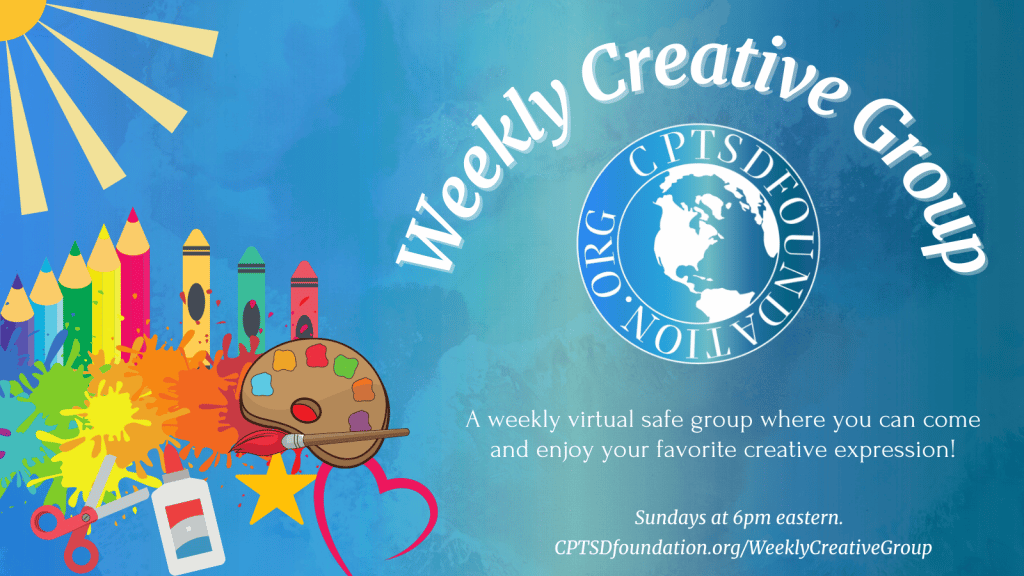Storytelling connects us to the world around us, to the forests and mountains and critters in our city parks
I believe in storytelling to understand others and ourselves. Storytelling connects us to the world around us, to the forests and mountains and critters in our city parks. Storytelling is deeply human. If you’ve ever been around a toddler, you know we start expressing our hopes, desires, wishes, and beliefs at a young age. We live in a time saturated with stories. Social media has made it so you can “stream” your day. We’re taught that stories have clear beginnings, middles, and ends, cohesive narrative arcs. While we have greater access to stories and the ability to share our stories than ever before, certain stories, ones with neat packaging and clear beginnings, middles, and ends, are privileged over messier, more non-linear ones.
I teach storytelling. Twice a week, my college students come to my class and unload all sorts of stories. They learn to write research papers, personal reflections, and open letters. I see the power of storytelling; the narrative peaks and valleys. The power of stories to make us think, I’ve experienced something like that, maybe I’m not alone!
I’ve experienced something like that, maybe I’m not alone!
I’ve studied narrative therapy, a technique that aims to externalize survivors’ pain and uses stories to re-map lived experiences. It can be a deeply enriching practice. I have seen remarkable examples of folks with CPTSD embracing their voices, creativity, and personhood.
I believe so strongly in storytelling. And yet, when I try to write my own stories the way we’re taught, with clear beginnings, middles, and ends, I feel like a hypocrite. I write “around” my own stories. I have no clear narrative peaks and valleys in my life stories. Every time I try to pin threads into a cohesive line, I end up with spirals. Loops and swirls. Threads in every direction. Traumatic memories are often fragmented, jagged, and defy neat organization along a narrative arc.
There’s never just one storyline. Traumatic memories come in bursts; in images and flashes and feelings, sensations, and somatic jolts. Traumatic memories can have a more powerful impact. They’re more visceral. They have more color, texture, and smell. A memory can haunt us without needing a beginning, middle, and end. How can you place memories, our life stories, on one timeline? On one narrative thread?
Trauma does a wonderful job of rendering societal constructs, like neat story arcs, meaningless
When you’ve never talked about something before, or, rather, you tried for years as a very little kid to tell, desperately, but were shut down, when you’ve been trained not to talk, when your identity formed around keeping secrets, it’s hard to get the words out. Because what are the words? Trauma does a wonderful job of rendering societal constructs, like neat story arcs, meaningless.
My therapist once meant to say “non-linear” about a series of thoughts, but said “extra-linear” instead. Extra-linear makes sense to me, though. Telling your story if you’re a survivor of repeated harms means weaving threads that can’t be reconciled. The threads stick out at odd angles. The threads will almost certainly be of different shades and textures. There might be missed stitches and dropped ones. Your narrative might be a little raggedy. You might get halfway through and realize you need to start over. I do that often.
We’re told sharing your story can be healing. And it can be! But it isn’t always safe to share your story. Knowing who is a trusted audience is important, and can be challenging for trauma survivors. If your safety wasn’t always ensured growing up, or at any time, it can be hard to trust your instincts. I remember feeling so ashamed, realizing that. But it’s not shameful. No one’s safety, especially some of our most vulnerable populations – children, should ever be compromised. Learning safety takes compassionate work and time. There’s certainly nothing linear about learning to trust others and yourself. Our brains get used to patterns. There’s no one way to change our thoughts and behavioral patterns. If there were one answer, one story, one mantra to repeat to heal relational trauma, the mental health and wellness industries wouldn’t be worth billions of dollars.
I have a bachelor’s degree and a master’s degree in storytelling. I teach storytelling, and I’m studying therapy (the art of storylistening), and yet, when it comes to constructing a narrative about my experiences, I falter. And I don’t say that to admonish myself, very much the opposite. Linear stories are often boring. Human experiences, beyond trauma, can’t be neatly categorized. Telling your stories, when it feels safe, can be meaningful and fulfilling. Don’t feel constrained by narratives or the supposed limits of story arcs; go for the extra-linear. It’s in telling our stories and questioning our core beliefs that we can imagine new possibilities, how things might be different. It’s not easy work. It’s certainly not linear. And I can’t give you a concrete timeline. Re-imagining our lives is probably the work of a lifetime. I know for me, telling my story and re-telling it counters the traumas I have experienced. It gives me agency and hope. And I hope you find those too; however, best fit your needs and interests!
Guest Post Disclaimer: Any and all information shared in this guest blog post is intended for educational and informational purposes only. Nothing in this blog post, nor any content on CPTSDfoundation.org, is a supplement for or supersedes the relationship and direction of your medical or mental health providers. Thoughts, ideas, or opinions expressed by the writer of this guest blog post do not necessarily reflect those of CPTSD Foundation. For more information, see our Privacy Policy and Full Disclaimer.






Hi Betsy, this is a fascinating read. In many ways we are similar in our journeys. I’m an author and blogger. I teach 2nd graders and I’m about to finish an MFA in creative writing. If you want to connect your can reach me through my website: http://www.elizabethwoodsauthor.com
Hi Elizabeth! Thank you for your kind words and sharing your writing and teaching with the world, too!
Hi Betsy, this is a very helpful article. You gave me a new way to see my story. I really like the part about the weaving, when I read it I immediatley imagined my tapestry of trauma, with bits of stingy tree bark, shreds of my thesis and pieces of chain and cable. I have been putting tons of energy into making that narrative flow, and fighting it along the way because trauma, and neurodiversity have distorted time and chronologic events. Thanks for your thoughtful encouragement on telling our stories.
Hi Joey, thank you for your kind words and thoughtful imagery! Take good care of yourself telling your stories. Again, I so appreciate your insights.
Thank you for putting words to this experience! You capture the chaos of these memories and narratives in a unique and intensely relatable way. You’re not just telling us we’re not alone…you’re showing us. Thank you!
Hi Heather, thank you for your kind words and for reading! Hoping you take good care.
I love this so much Betsy! Thank you for your beautiful insight into the power and process of storytelling. I hear you and I struggle with these same things. Your words have hit my heart so fully.
Hi Penni, thank you for reading my piece and sharing your experiences! Hoping you take good care.